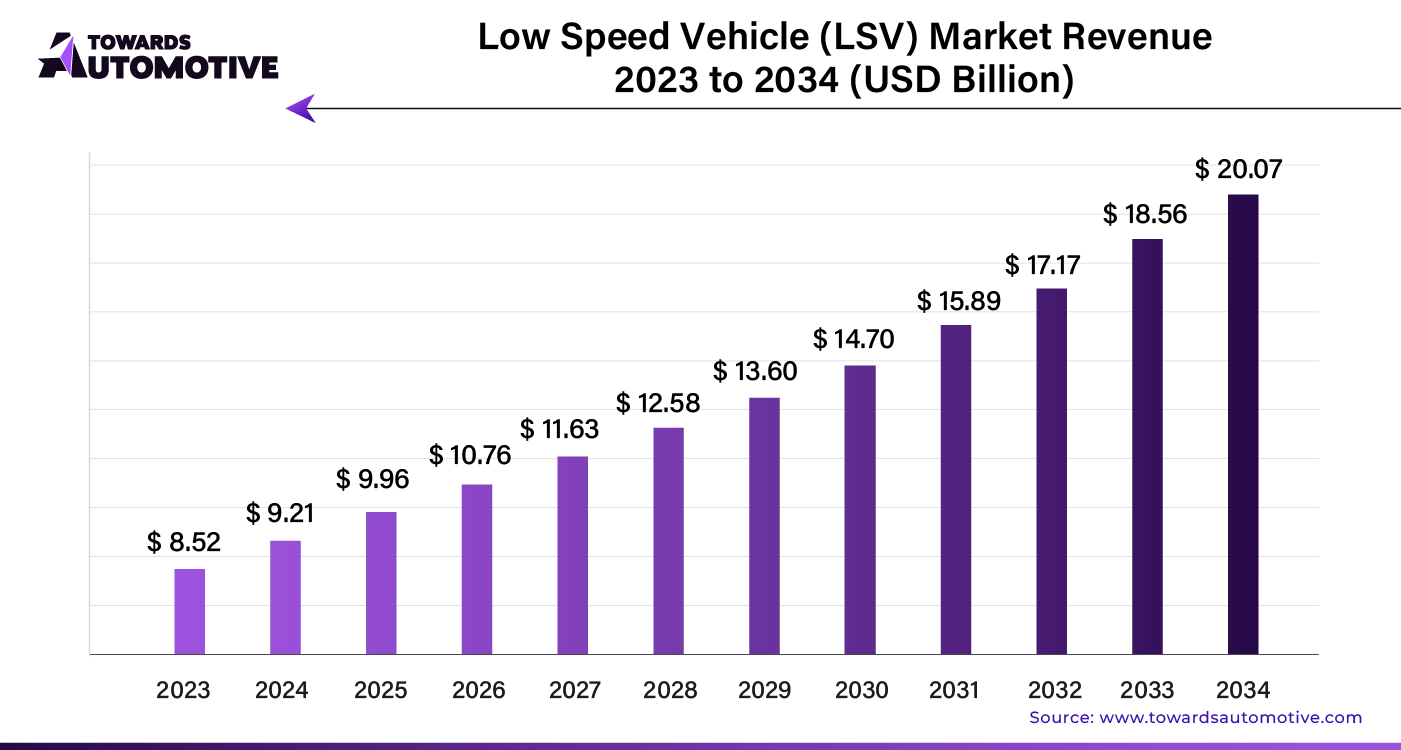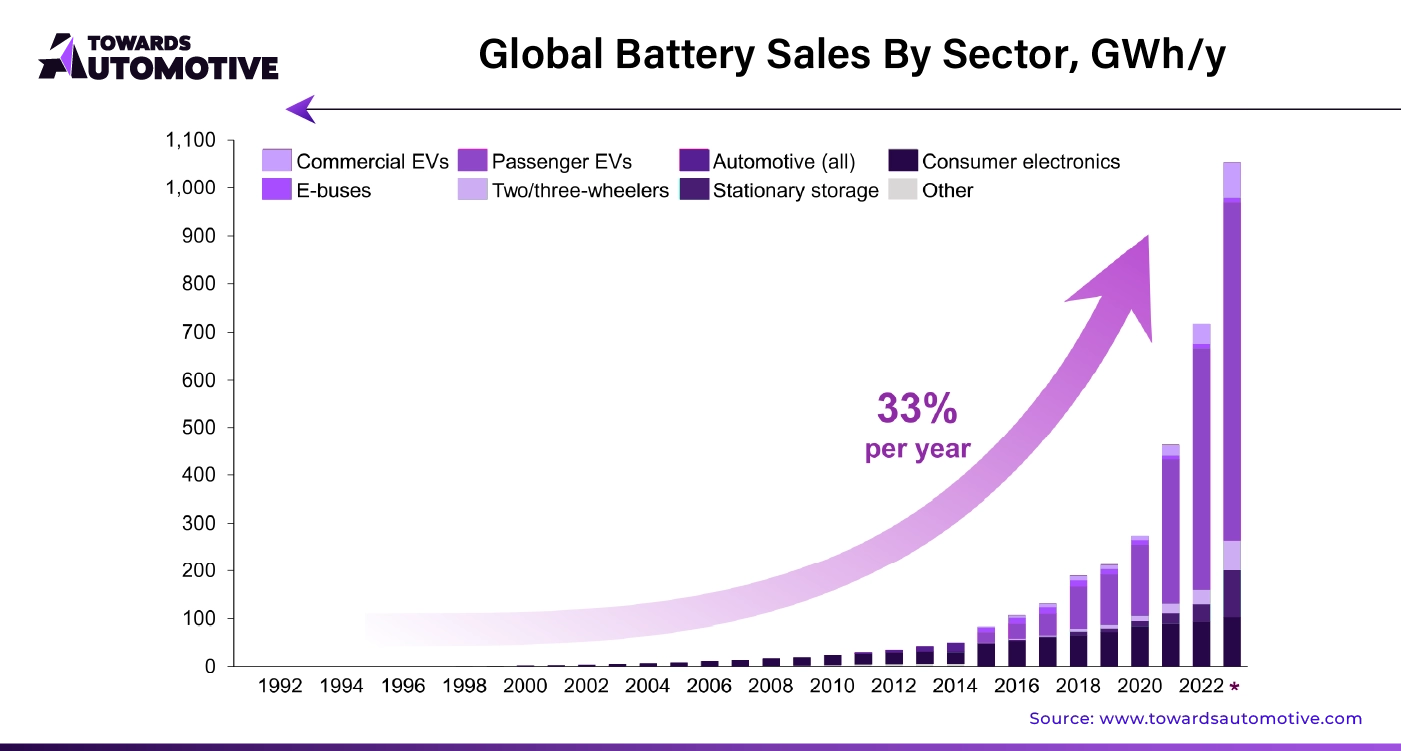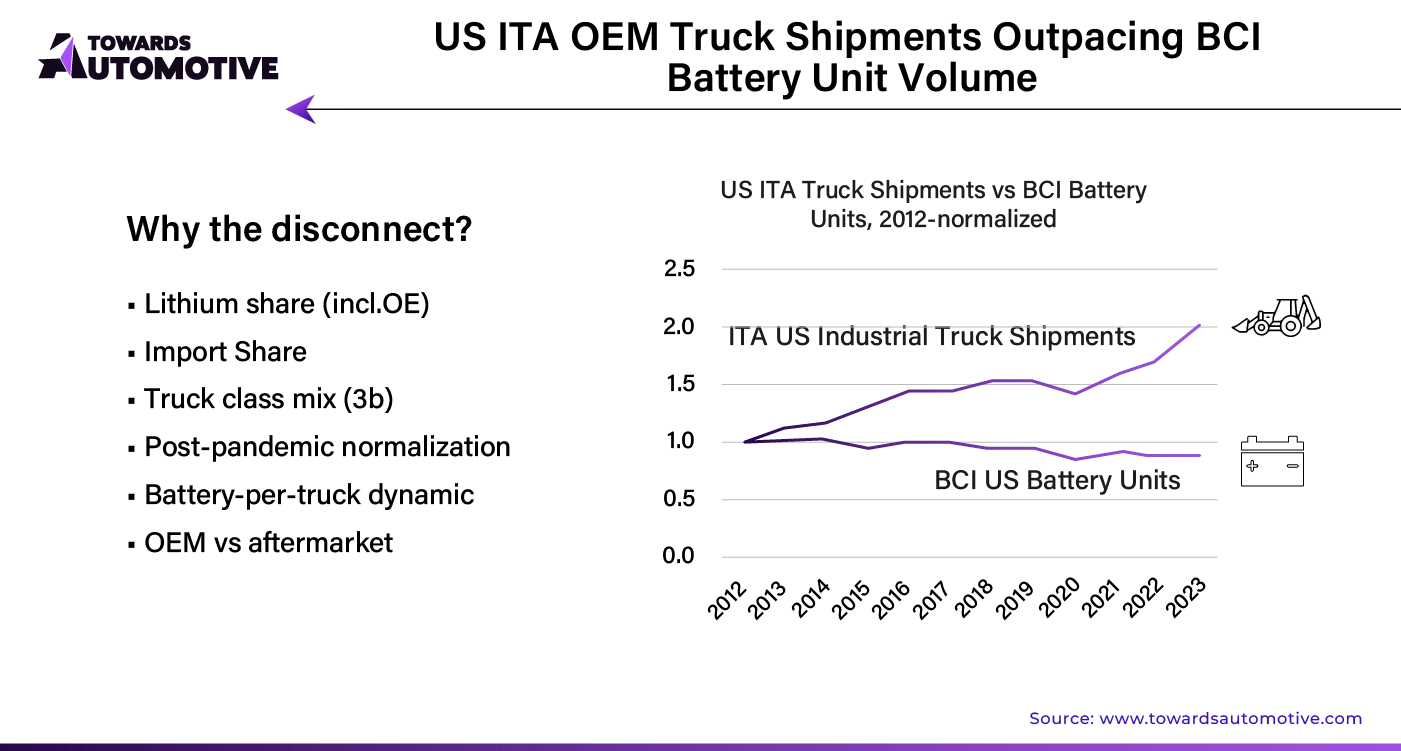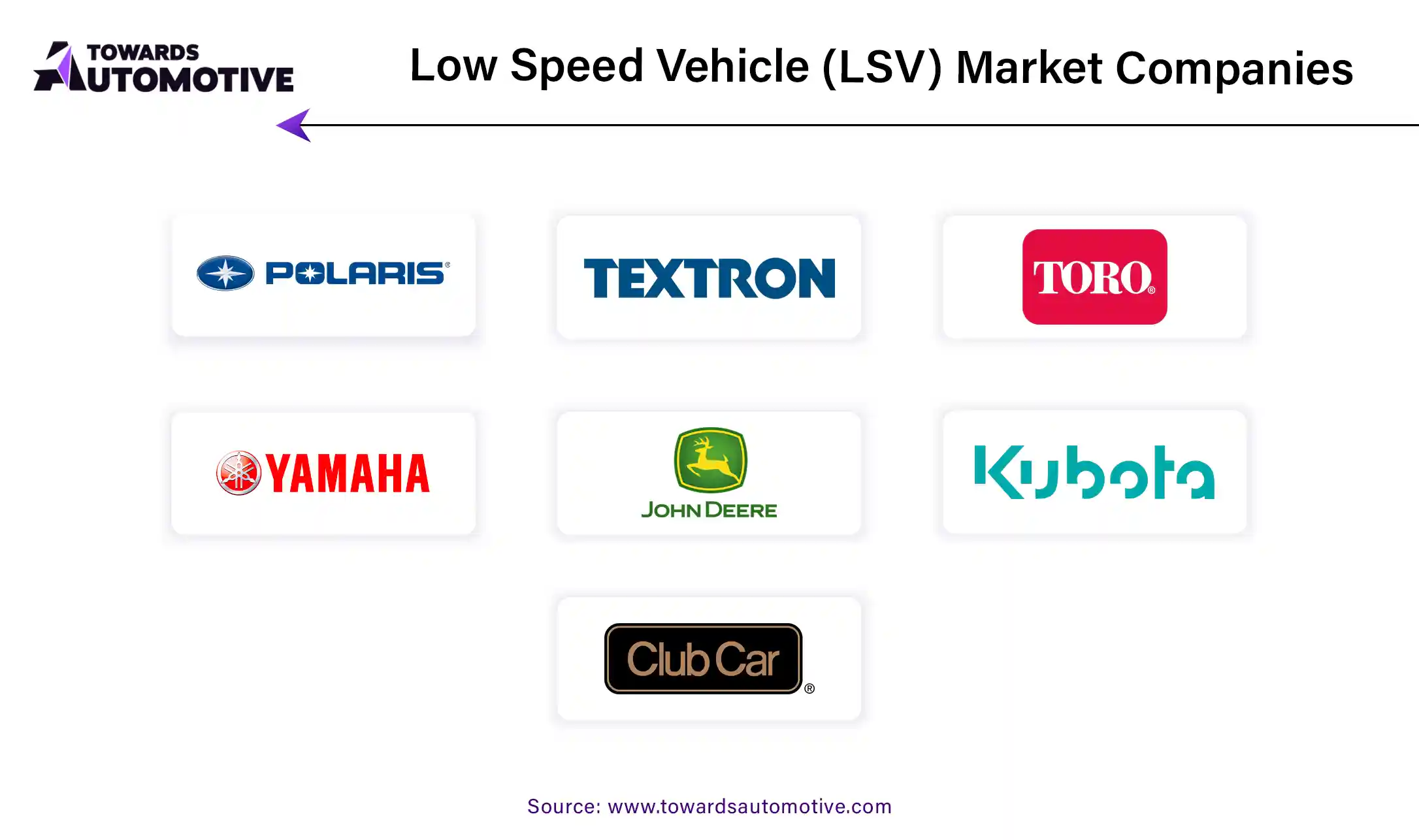April 2025
The low-speed vehicle (LSV) market is expected to grow from USD 9.96 billion in 2025 to USD 20.07 billion by 2034, with a CAGR of 8.1% throughout the forecast period from 2025 to 2034.

Unlock Infinite Advantages: Subscribe to Annual Membership
The demand for eco-friendly automobiles, especially for short commutes within urban areas, is set to significantly boost the growth of the low-speed vehicle (LSV) market. These vehicles, known for their ability to transport a large number of passengers, are becoming increasingly popular for on-road transportation. This trend is expected to drive substantial growth in the LSV industry over the coming years.
Leading global companies are joining forces to reduce emissions and implement stringent emission standards, aiming to mitigate the environmental impact of transportation. As a result, LSVs are anticipated to gain traction in urban settings and for short-distance travel needs. They are likely to become a common sight in various environments, including workplaces, hospitals, universities, golf courses, residential complexes, and more. This shift is expected to reduce the reliance on conventional vehicles, further propelling the growth of the LSV market.
Low-speed vehicles, which are often powered by electricity or gas and have a maximum speed of 25 mph, serve a range of functions. They are commonly used for transportation within gated communities, industrial parks, and recreational areas. While LSVs may not be classified as fully environmentally friendly, their affordability, convenience, and practicality contribute to their popularity in specific niches.
The LSV market is poised for significant expansion due to the growing adoption of these vehicles in the hospitality and tourism sectors. Key players in these industries are increasingly focusing on enhancing visitor experiences and promoting environmentally responsible mobility solutions. LSVs have emerged as a viable option for these purposes. The automotive market valued at USD 4,070.19 billion in 2023, is experiencing growth and is projected to surpass USD 6,678.28 billion by 2032, with a significant CAGR of over 5.66%.
Their compact size, electric powertrains, and low-speed capabilities make LSVs ideal for navigating resort complexes, amusement parks, golf courses, and other leisure destinations. Technological advancements in LSVs, including improved safety features and enhanced connectivity options, are making them more attractive to operators in the hospitality and tourism sectors.
Overall, the continued development and adoption of low-speed vehicles are expected to support their growth and prominence in various applications, driven by their environmental benefits and suitability for short-distance travel.
Surge in R&D Investments Expected to Propel Market Growth
The Low-Speed Vehicle (LSV) market is set for significant growth, driven by substantial investments in research and development (R&D). These investments are aimed at enhancing both safety and performance, leading to the development of innovative and appealing LSV models. As manufacturers pour resources into R&D, they are likely to produce vehicles that not only meet but exceed current standards, fueling market expansion.
AI Integration Accelerates Demand for Low-Speed Vehicles
Artificial Intelligence (AI) is transforming the LSV industry, introducing advanced features that enhance vehicle functionality. AI-powered autonomous driving systems enable LSVs to operate without human intervention, making them ideal for applications like last-mile deliveries or internal transportation within facilities. This autonomous capability significantly boosts the attractiveness of LSVs for businesses seeking efficiency and cost-effectiveness.
Moreover, AI-driven predictive maintenance is revolutionizing vehicle upkeep. By analyzing data to anticipate mechanical issues before they escalate, AI reduces downtime and maintenance expenses. Additionally, AI-enhanced navigation systems optimize routes based on real-time traffic and road conditions, leading to more efficient travel and reduced journey times. These advancements not only improve LSV performance but also open up new market opportunities.
Rise in Advanced Materials and Battery Technology Fuels Market Expansion
The growing emphasis on environmental sustainability is a major driver of the LSV market. Electric LSVs produce considerably less air pollution compared to traditional vehicles, aligning with increasing consumer and governmental focus on eco-friendly solutions. This shift towards greener transportation options is generating higher demand for LSVs and creating favorable regulatory conditions.
Advancements in battery technology are also contributing to market growth. The development of high-efficiency, long-lasting batteries, such as lithium-ion, has significantly improved LSV performance and durability. As battery technology continues to evolve, LSVs are becoming a more viable and attractive choice for consumers, further boosting market growth.
In the Low-Speed Vehicle (LSV) market, a streamlined supply chain plays a crucial role in meeting demand and ensuring timely delivery of vehicles. The supply chain begins with sourcing raw materials, such as lightweight metals and high-efficiency batteries, from reliable suppliers. Manufacturers then assemble these materials into LSVs, maintaining a close relationship with component suppliers to ensure a smooth production process.
Once production is complete, the vehicles are transported to distribution centers strategically located near key markets. From there, LSVs are delivered to dealerships and retailers, who ensure that they reach the end consumer efficiently. Throughout this process, real-time tracking and inventory management systems optimize logistics, reducing lead times and minimizing costs.
Additionally, close collaboration with suppliers and logistics partners enables the identification and mitigation of potential disruptions, ensuring a resilient supply chain. By focusing on efficiency, flexibility, and strong partnerships, the LSV market can deliver high-quality products to consumers while adapting to market demands and challenges.
The Low Speed Vehicle (LSV) market is driven by several key components, each playing a crucial role in its growth and development. Battery technology stands at the forefront, as LSVs rely on efficient and durable batteries for optimal performance. Companies specializing in advanced battery solutions, such as lithium-ion and solid-state batteries, are pivotal in enhancing vehicle range and reducing charging times.
The powertrain and drivetrain components are equally essential, ensuring smooth and efficient vehicle operation. Leading automotive companies are innovating in this area to produce more efficient electric motors and transmission systems tailored for LSVs.
Additionally, advancements in autonomous driving technologies are gradually being integrated into LSVs, with companies providing AI-driven sensors and software systems that enhance safety and convenience.
Vehicle design and manufacturing also contribute significantly to the ecosystem. Established automotive manufacturers are partnering with emerging tech firms to create lightweight materials and aerodynamically optimized designs that improve efficiency.
Finally, infrastructure development, including charging stations and smart grid integration, is supported by collaborations between energy companies and LSV manufacturers. These partnerships are essential for creating a robust ecosystem that supports the growth of LSVs worldwide.
The low speed vehicle (LSV) market is experiencing notable growth globally, driven by various factors such as technological advancements, sustainability initiatives, and the presence of key industry players. Here’s a detailed look at the projected growth rates and market drivers in some of the leading countries:
Leading Growth through Sustainability
| Country: | United Kingdom |
| Projected CAGR: | 8.8% (2024 to 2034) |
The United Kingdom is set to lead the low speed vehicle (LSV) market with a robust compound annual growth rate (CAGR) of 8.8% over the next decade. This impressive growth can be attributed to the country's strong focus on sustainability and environmental concerns.
The UK government and consumers alike are increasingly prioritizing green transportation solutions in response to growing awareness about climate change and air quality issues. LSVs, known for their minimal emissions and energy-efficient operation, are becoming a preferred choice for environmentally conscious individuals and businesses.
Government initiatives, including electric vehicle (EV) subsidies, congestion charges, and stringent pollution reduction targets, are playing a significant role in promoting the adoption of LSVs. These measures are encouraging both consumers and businesses to transition towards more sustainable transportation options.
Technological Advancements Driving Market Expansion
| Country | China |
| Projected CAGR: | 8.2% (2024 to 2034) |
China's low speed vehicle (LSV) market is expected to grow at a CAGR of 8.2% during the forecast period, driven primarily by technological advancements. The country's rapid development in electric powertrain systems, battery technology, and vehicle connectivity is significantly influencing market dynamics.
Recent innovations in vehicle communication systems are enabling seamless integration with smart infrastructure and transportation networks. Advanced telematics and Internet of Things (IoT) technologies provide real-time data insights, enhancing fleet management and overall user experience. These technological advancements are propelling the LSV market forward, fostering a new era of growth and innovation.
| Country | United States |
| Projected CAGR: | 8.1% (2024 to 2034) |
The United States is anticipated to see a steady growth rate of 8.1% CAGR in the LSV market, thanks to the presence of several major industry players. Companies such as Polaris Industries, Deere & Company, and Textron Inc. are instrumental in shaping the market's growth trajectory.
These industry leaders bring extensive expertise, resources, and market reach, driving innovation and expanding the LSV market. Their substantial production capabilities allow them to deliver high-quality LSVs across various segments, including urban, commercial, and recreational uses. Additionally, their well-established distribution networks enable significant market penetration, catering to a diverse range of customer needs in both urban and rural areas.

In 2024, the Low-Speed Vehicle (LSV) market is witnessing a significant transformation with Li-ion batteries emerging as the clear leader. Projected to capture a substantial 79.20% market share, Li-ion batteries are driving this shift thanks to their advanced technology and impressive performance characteristics.
Key Drivers Behind Li-Ion Dominance:
Technological Advancements: Recent innovations in Li-ion battery technology have significantly improved their efficiency and reliability. Enhanced energy density means these batteries can store more power in a compact size, which is ideal for the lightweight and efficient design required for LSVs.
The increasing focus on sustainable and eco-friendly transportation solutions is driving the preference for Li-ion batteries. Their role in the LSV market is crucial as the sector continues to expand and evolve.

The 8-15kW power segment is anticipated to be the primary growth driver in the LSV market, projected to hold a commanding 46.60% share in 2024. This segment’s prominence is attributed to its balanced power and efficiency, making it particularly well-suited for urban commuting and short-distance travel.
Factors Contributing to the Growth of the 8-15kW Segment:
As the market for low-speed vehicles continues to grow, the 8-15kW segment is expected to remain a dominant force. Its balance of power, efficiency, and environmental benefits will likely drive continued innovation and expansion within the industry.
The global low-speed vehicle (LSV) industry is highly fragmented, with numerous players employing both organic and inorganic strategies to enhance their market position.

By Vehicle Type
By Power Output
By Propulsion
By Battery Type
By Application
By Region
April 2025
April 2025
April 2025
April 2025
We offer automotive expertise for market projections and customizable research, adaptable to diverse strategic approaches.
Contact Us